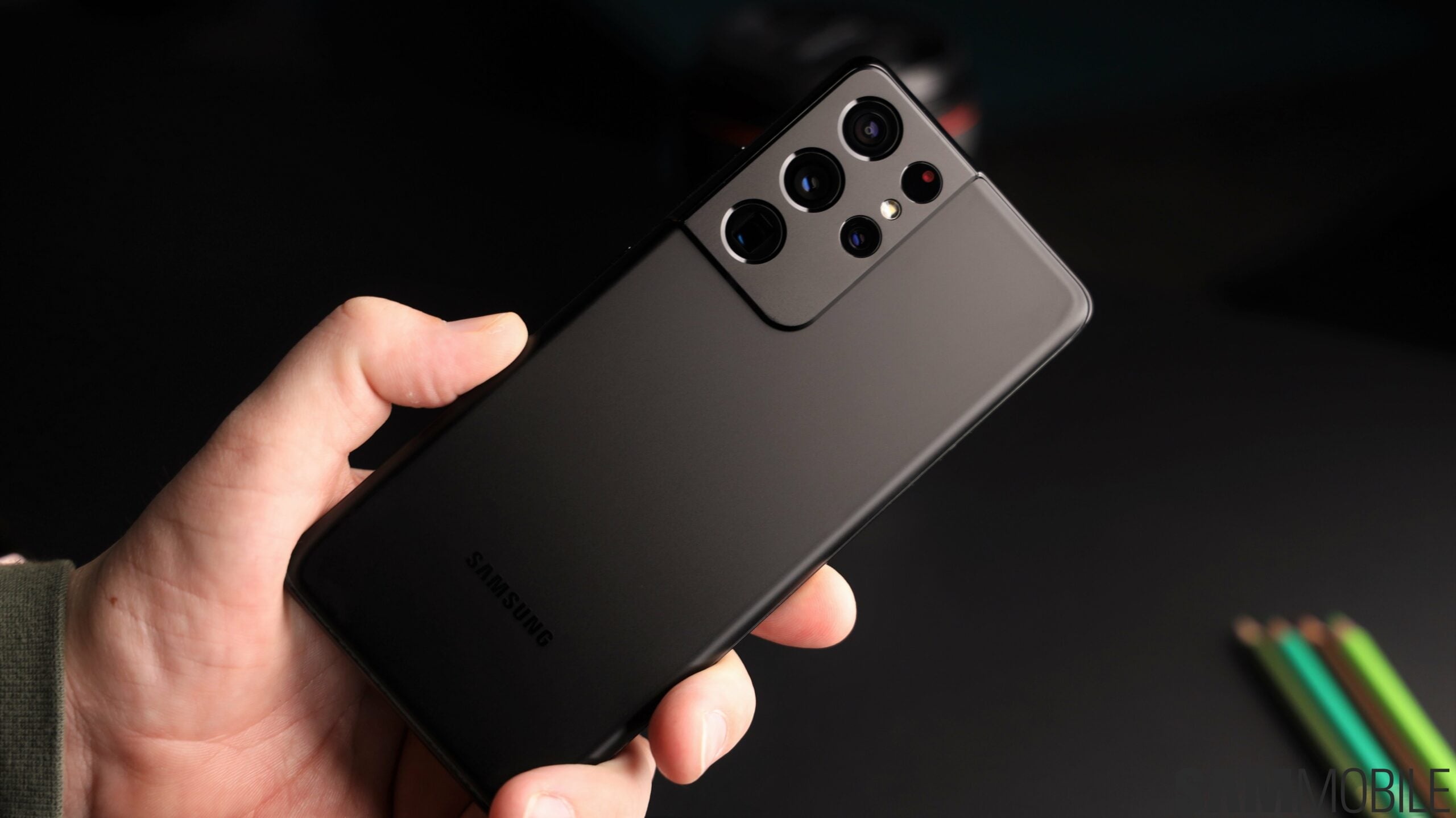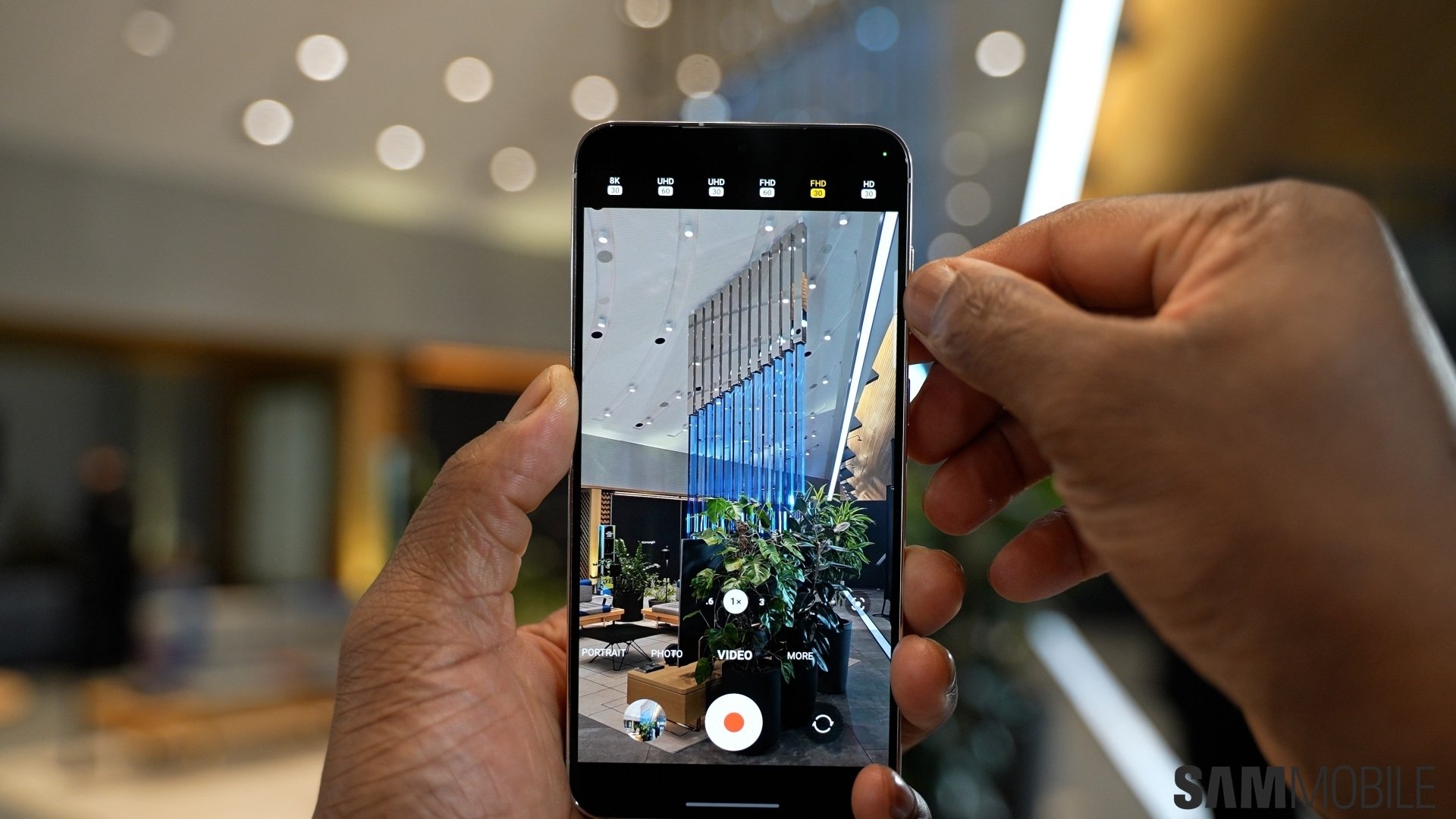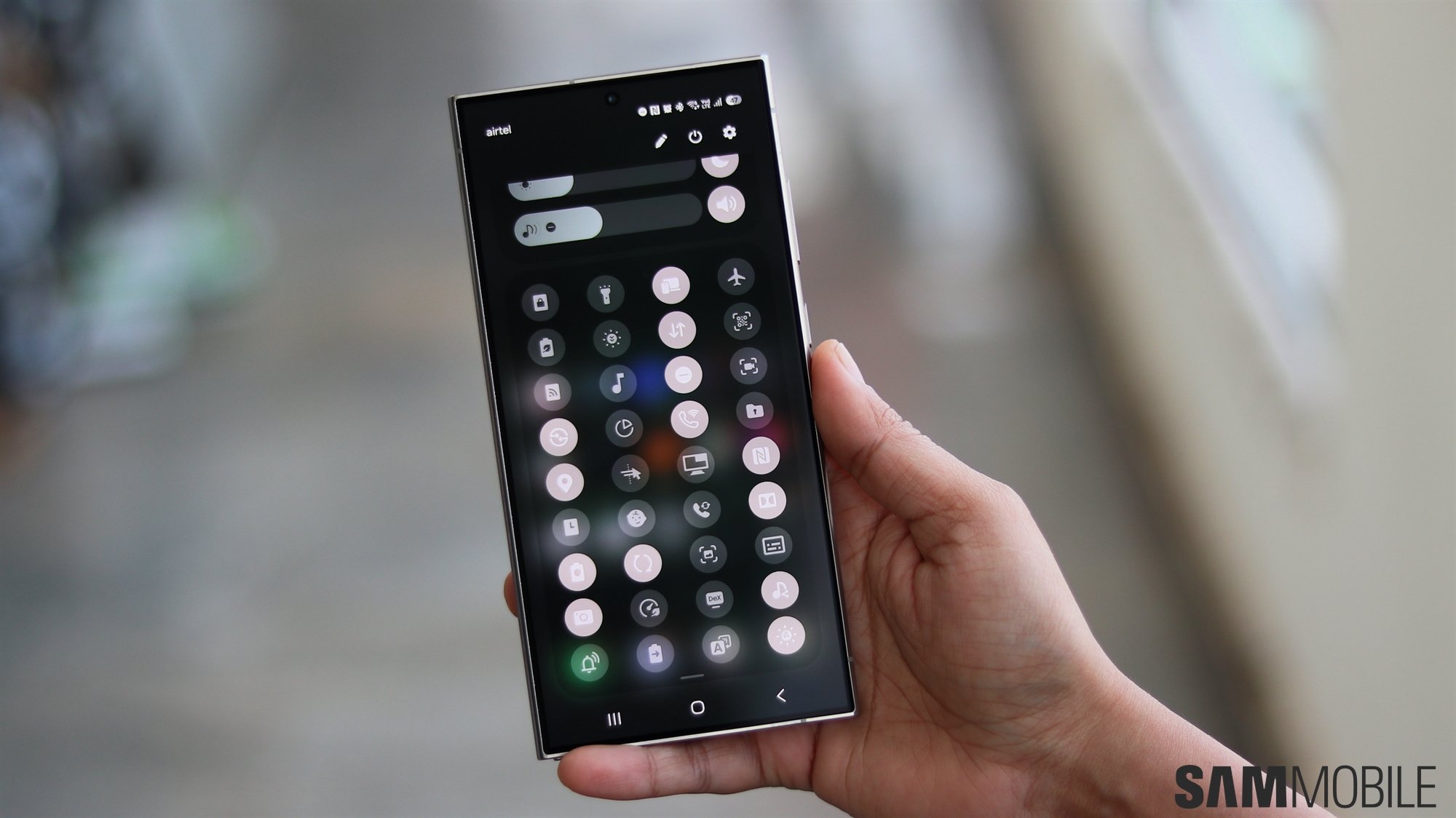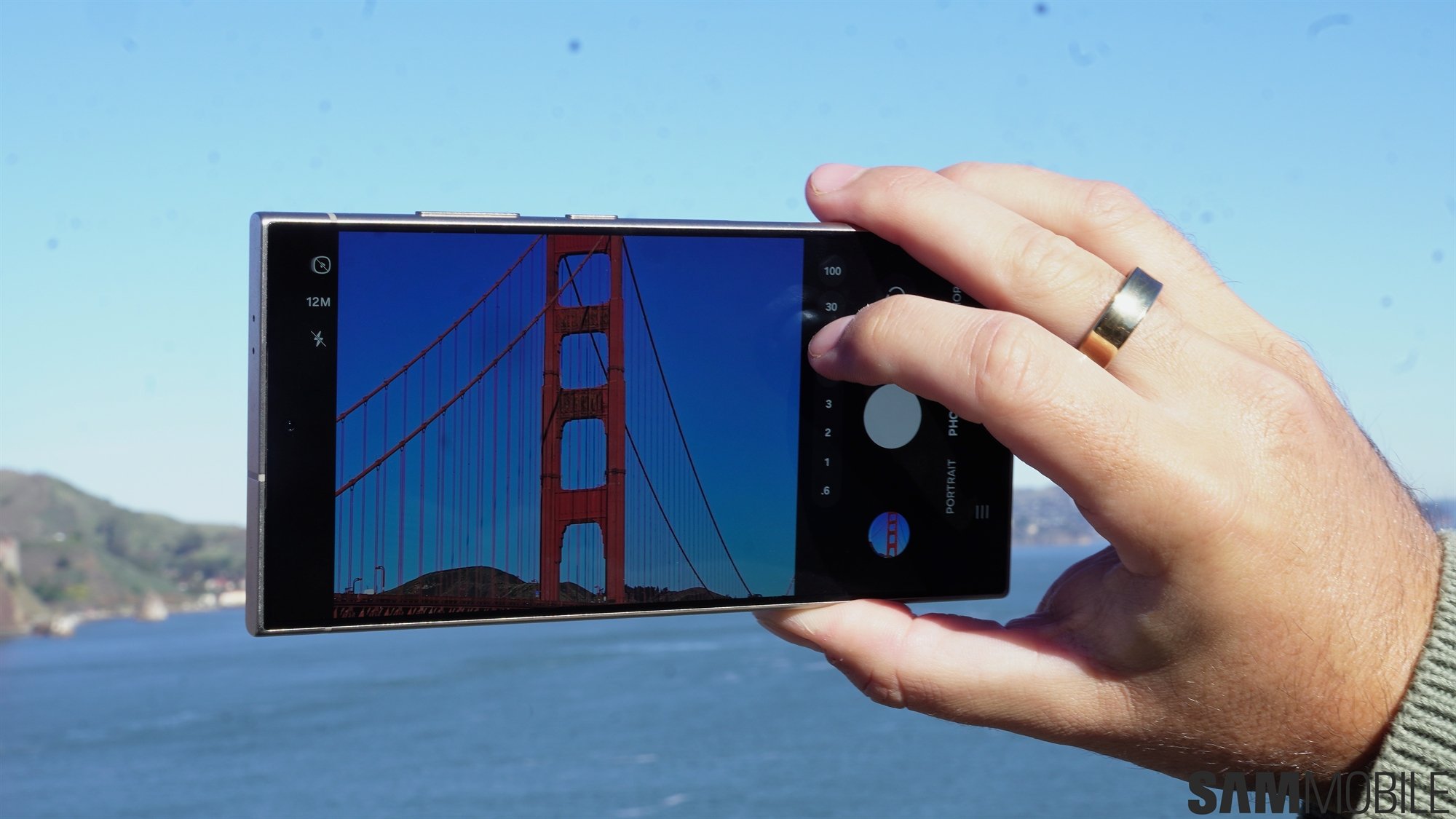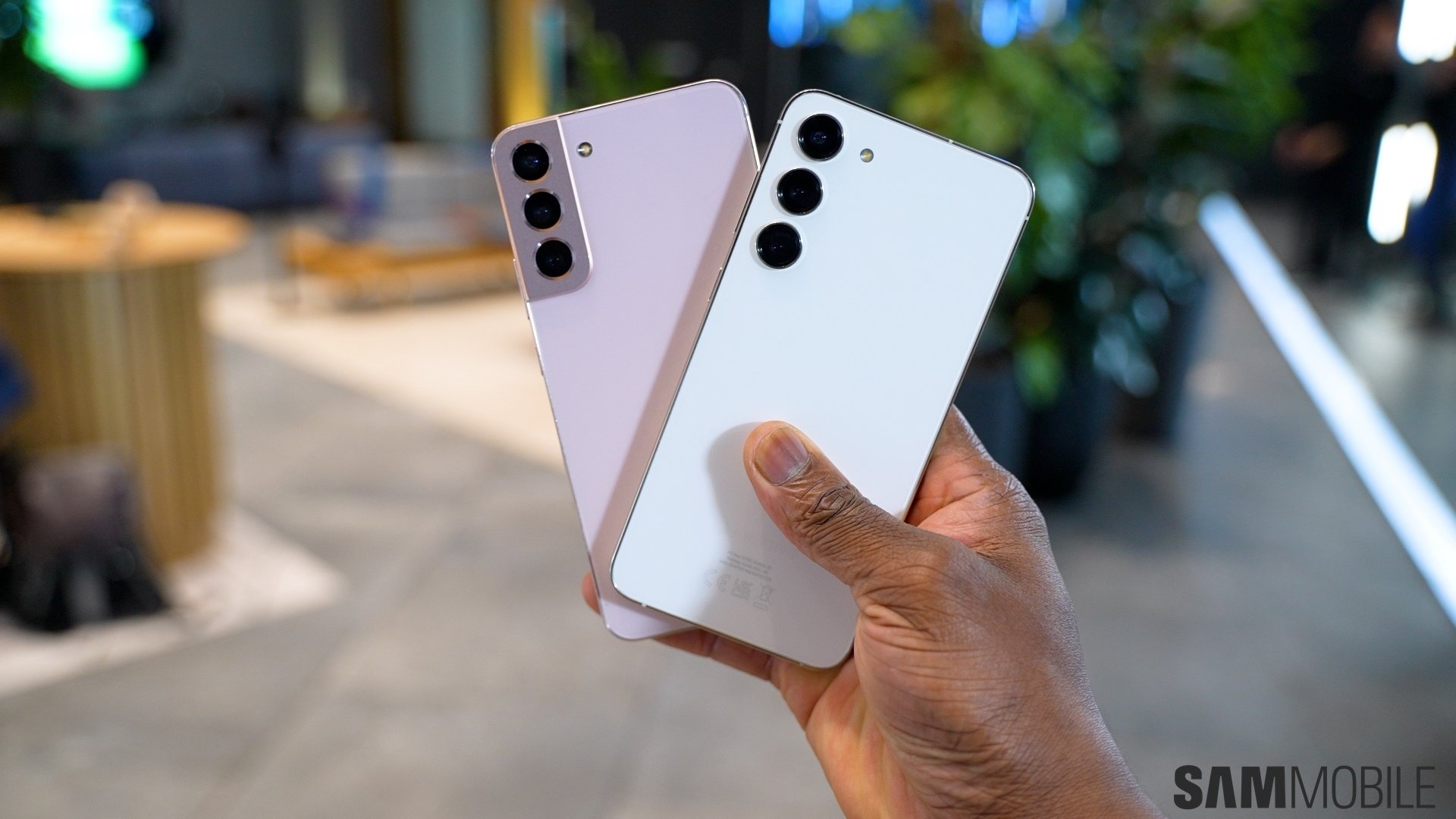
Let us have a detailed look at the Galaxy S23 and which aspects it improves upon compared to the Galaxy S21.
A much faster processor, exclusive to Galaxy S23
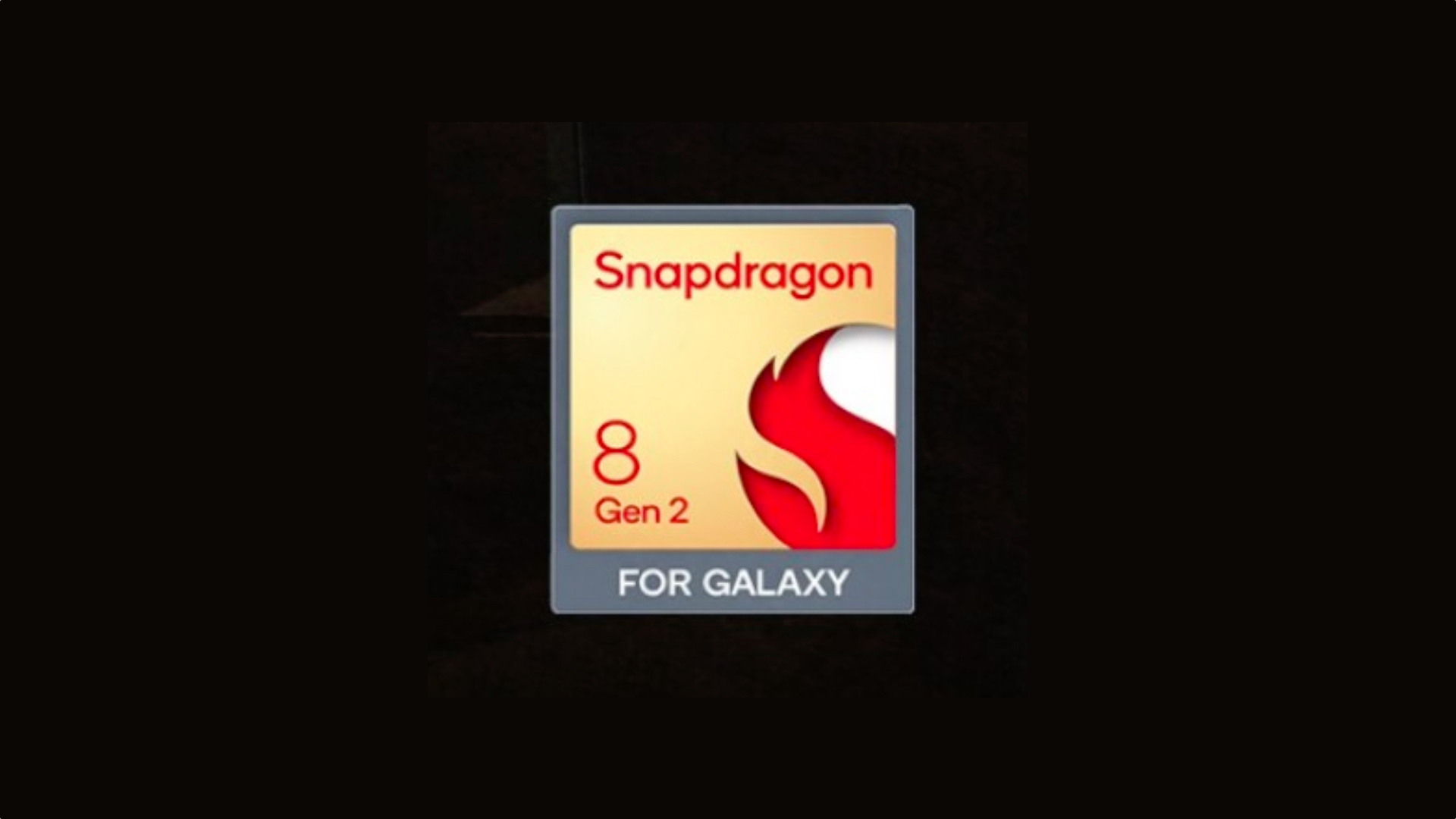
The most significant upgrade that the Galaxy S23 brings is its processing performance. Samsung is going exclusive with a Snapdragon processor this year and it will be a higher-clocked version of the Snapdragon 8 Gen 2. It's called the Snapdragon 8 Gen 2 For Galaxy. Since some phones equipped with the Snapdragon 8 Gen 2 have been released already, we have a fair idea about their performance. The new chip offers faster CPU and GPU performance while improving power efficiency. Samsung says that it has improved the heat dissipation mechanism with its new phones, offering improved sustained performance. Moreover, its integrated 5G modem is also said to be a lot more power efficient.
This means that the Snapdragon 8 Gen 2 For Galaxy-equipped Galaxy S23 will be much faster than the Galaxy S21. It will perform better in multitasking, gaming, and other sustained workloads. The device could also offer longer battery life even when the phone is latched onto a 5G network.
Improved front and rear cameras
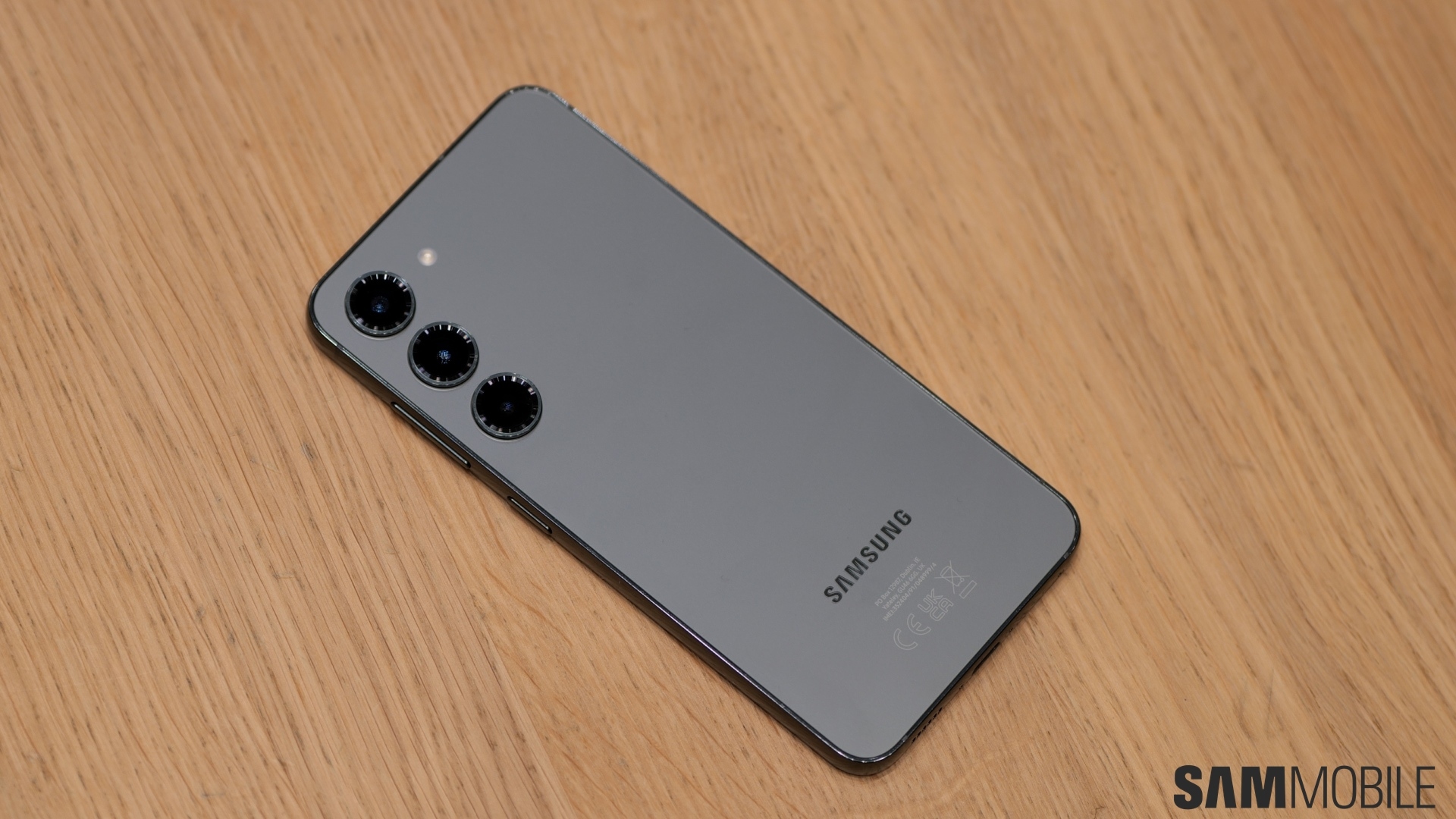
The second-biggest improvement that comes with the Galaxy S23 is its front and rear cameras. It has a 12MP selfie camera with autofocus on the front and can record 4K 60fps HDR10+ videos. That's an upgrade over the Galaxy S21's 10MP selfie camera that has autofocus but lacks HDR10+.
On the rear, the Galaxy S23 has a 50MP primary camera with OIS. It uses a bigger sensor than the Galaxy S21's 12MP primary rear camera. Both phones have the same 12MP ultrawide camera, but the Galaxy S23 has a real telephoto camera (10MP) with 3x optical zoom. The Galaxy S21, on the other hand, uses a 64MP sensor and crops digitally to create a 3x hybrid zoom equivalent. The Galaxy S23 also features 8K video recording at 30fps. So, overall, the Galaxy S23 has improved cameras on the front and rear.
Brighter screen with tougher protection
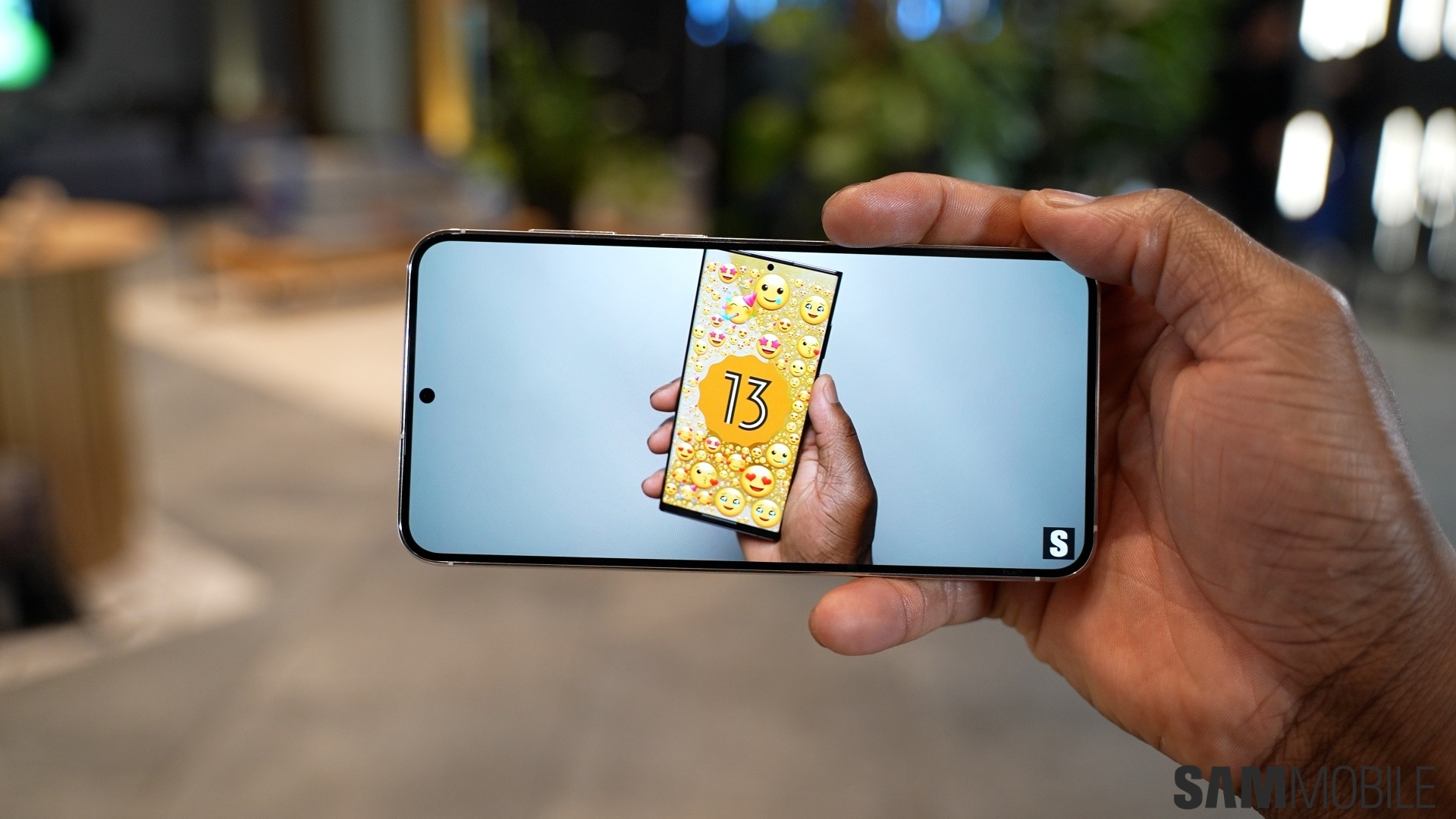
The Galaxy S21 has a Dynamic AMOLED 2X display with Full HD+ resolution, a 120Hz refresh rate, and up to 1,300 nits peak brightness. With the Galaxy S23, Samsung is improving the brightness to a whopping 1,750 nits, matching the Galaxy S22 Ultra and the Galaxy S23 Ultra. This should hugely improve the viewing experience under direct sunlight. The new display is also expected to showcase better colors under bright sunlight.
The Galaxy S23 also features Gorilla Glass Victus 2 protection over its display. Corning says that Gorilla Glass Victus 2 offers higher shatter resistance than Gorilla Glass Victus, which was used in the Galaxy S21 and Galaxy S22 lineups.
Faster connectivity and longer battery life
Thanks to its newer chip, the Galaxy S23 brings advanced connectivity features like Wi-Fi 6E and Bluetooth 5.2. It also features a more efficient 5G modem that offers faster download and upload speeds than the Galaxy S21. While the Galaxy S23 has a 3,900mAh battery, 100mAh smaller than the Galaxy S21, it could still offer longer battery life due to a more advanced processor that's made using TSMC's 4nm process.
Galaxy S23 has software updates guaranteed for the next five years
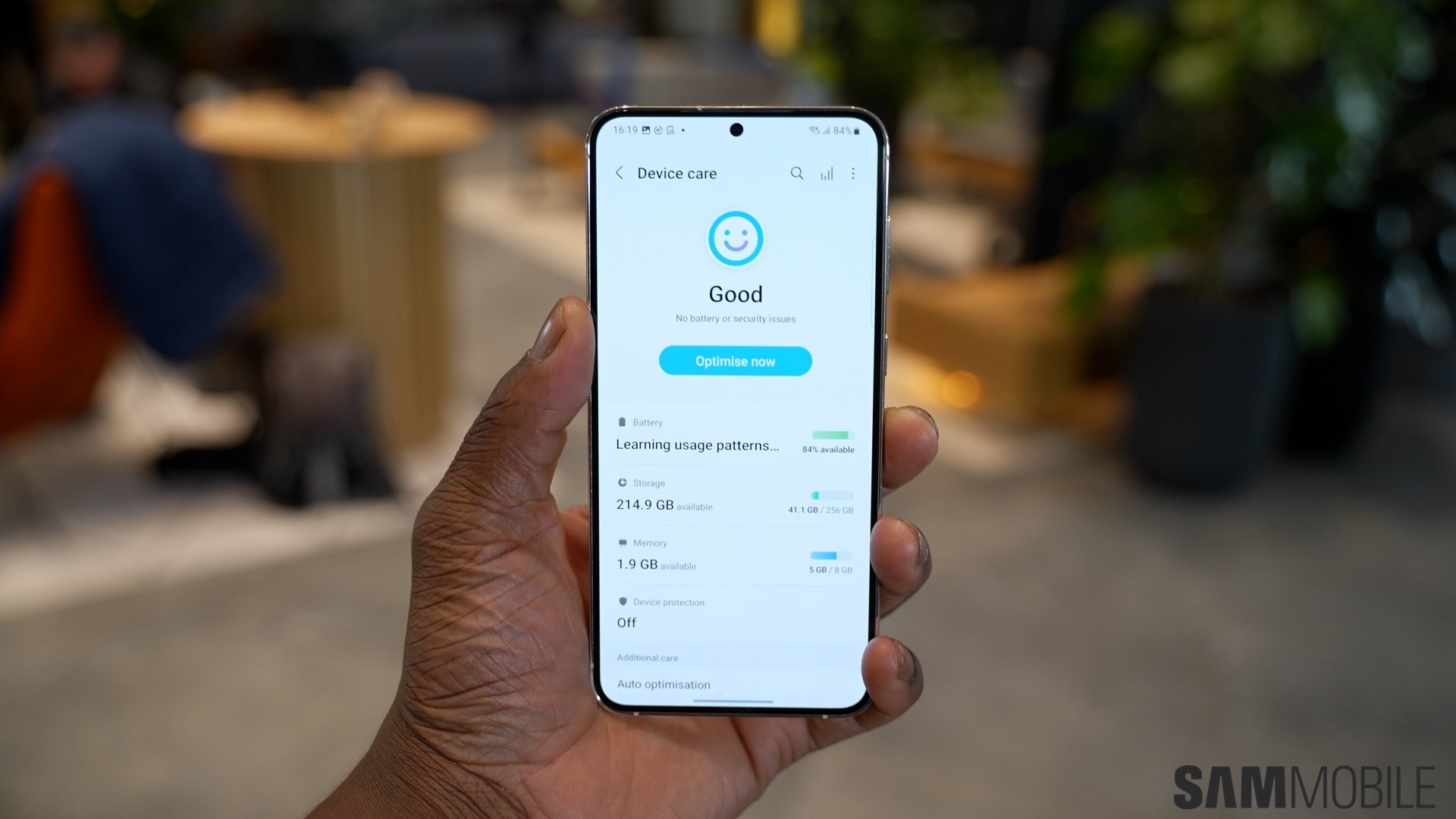
The Galaxy S21 launched with Android 11 onboard and has received two major Android updates. It will get two more Android OS updates (until Android 15). The Galaxy S23 will come with Android 13-based One UI 5.1 onboard, and according to Samsung's promise, it is bound to get four major Android OS updates and up to five years of security updates. Samsung's new phone will be up to date until 2027.
Overall, the Galaxy S23 is a good upgrade over the Galaxy S21 as it features a brighter screen, a much faster processor, faster connectivity, much better front and rear cameras, and a battery that should offer similar endurance despite being slightly smaller than the Galaxy S21.
It also continues to offer all the premium features that were present in the Galaxy S21, including a metal body, an IP68 rating, AKG-tuned stereo speakers, Samsung DeX, Samsung Pay, wireless charging, and reverse wireless charging.
You can pre-order the Galaxy S23 now and get free storage upgrade and other pre-order benefits. So, if you pay for the 128GB version of the phone, the company will offer the 256GB variant without any additional cost.
[modelcompare model1=”SM-G991B” model2=”SM-S911B”]












